Henry VIII, his six queens, and other Tudor notables have inspired novels, films, plays, opera, and poetry. Five hundred years later, and we’re still spellbound by a sixteenth century English dynasty. The proof is all over the web.
YouTube, Facebook, and Instagram are bliss for those of us intrigued by the Tudors: Historians sort fact from fiction. Admirers still mourn Anne Boleyn. You can hear glorious performances of Tudor music and take video tours of Tudor palaces.
Historical Magic usually covers novels, but I’m highlighting three short videos in this post. Each explores a different Tudor subject, but all demonstrate how we reassess and repackage past events to make them relevant to our time. Take a look.
Not long ago, I asked why we’re still fascinated by the Tudors, and author Terri Lewis quipped: “It’s the sex, money, and fancy dress.” Terri’s forthcoming “novel of an abducted queen” is set in early thirteenth century England. And she’s right. We envision the Tudors draped in costly fabrics and furs. Their lavish crowns and necklaces dazzle us. Occasionally, we see images of a bare-necked Anne Boleyn or Katherine Howard kneeling before an executioner. In these moments, the contrast hits us and amplifies the horror.
So what would Katherine of Aragon, Anne Boleyn, Jane Seymour, Anne of Cleves, Katherine Howard, and Katherine Parr look like without their “fancy dress”? The digital wizards at Mystery Scoop have answered the question in this video.
First, the queens appear as we remember them from paintings—somber historical figures in elaborate headdresses and weighty jewels. As if by magic, they turn into modern young women, each offering a quick, obligatory, “royal” smile. We see them in T-shirts and workout clothes, their hair flowing loosely around their faces. Without their archaic Tudor hoods, they project the sunny appeal of my college roommates or friends in my yoga classes. Some traditionalists may object to the digital tinkering, but I believe it reminds us that these women were human beings, not imaginary characters. Four of the six died young. My personal favorite is a cropped-haired Anne of Cleves in a leather biker jacket and silver chains. She looks like an utterly charming person—at least that’s my view. Let me know what you think in the comments. Do we have more empathy for these women when they look like us?
CLICK TO VIEW HENRY’S SIX QUEENS VIDEO
2. Claire Ridgway: Was Katherine Howard Sexually Abused?
Katherine Howard is an enigma. She was Henry’s fifth wife, probably in her late teens when she married the 49-year-old king. By most accounts, Henry was initially besotted with her, and she presumably knew what had happened to Anne Boleyn. Yet, not long after her wedding, she began meeting secretly with a handsome young courtier and gave a former lover a place in her retinue. To those of us who live more cautiously, the only possible response is “What on Earth was she thinking?” She was beheaded about a year and a half after her marriage.
Today, some have tried to explain her breathtaking recklessness by suggesting that she was groomed by self-serving relatives and then sexually abused and manipulated by multiple men. But how well does that square with what historians know about Katherine Howard? Does it project our modern values onto events that unfolded in a radically different era?
Whenever I want the facts, I turn to Claire Ridgway, my favorite Tudor chronicler.
In this video, she crisply recaps what documents show about the scandals surrounding Henry’s fifth wife. This careful analysis reminds us that modern first impressions don’t always fit the historical facts.
Claire Ridgway also hosts The Anne Boleyn Files & Tudor Society, an astonishing library of videos on all things Tudor, including more on Katherine Howard. Whenever I visit, one clip leads to another, making it easy to while away the hours. Even if you’re only mildly interested in the Tudors, check it out the next time your flight is delayed.
CLICK TO VIEW CLAIRE RIDGWAY VIDEO
Hilary Mantel’s Wolf Hall trilogy is a gripping depiction of Thomas Cromwell. So is the BBC mini-series based on it.
Cromwell’s intellect was undeniable, although I find him crueler and less sympathetic than Mantel. Even so, I’ve watched and re-watched the series multiple times: The sets and costumes are sumptuous. Mark Rylance is unforgettable. The haunting music reinforces the storytelling.
In this video, composer Debbie Wiseman briefly explains how she works and why she included modern instruments in the score. She then leads a studio ensemble in “Cromwell’s Theme.” The opening sequence is jittery and foreboding. A poignant instrumental solo soon takes hold.
For me, this music conveys loneliness, and I expect Cromwell was a profoundly lonely man. His future rested on pleasing a dangerous, impulsive monarch. The ambitious people around him resented him and wanted him dead. Lies, betrayal, and trumped up charges of treason were ways of doing business in King Henry’s court. It must have been a lonely place for many.
Suspicion, the desire to destroy your opponents, believing that the ends justify the means—these are a recipe for loneliness, and they haven’t disappeared.
CLICK TO VIEW WOLF HALL MUSIC VIDEO
My last video is lighter and sweeter—nothing about the Tudors at all. It’s for those who delight in cats (regardless of sex or parental status). It’s just so lovely—and it includes a tiger. Even dog lovers and the pet averse will enjoy it. Can you truly tell me you don’t?
PUB DATE: MAY 27, 2025. AVAILABLE FOR PRE-ORDER NOW.
A glamorous queen, a volatile king, a gifted musician concealing a forbidden romance. Everyone knows Anne Boleyn’s story. No one knows Mark Smeaton’s.
Kirkus Reviews
“Original and worthwhile . . . A thoughtful, dramatically gripping work of historical fiction.”
Historical Novel Society
“We know how it ends, but the journey is hopeful, bittersweet, and utterly heartbreaking. Highly recommended for anyone who loves Tudor history or anyone who, like me, enjoys being completely destroyed by a story.”
Open Letters Review
"Superb writing and soulful characterization . . . The Queen’s Musician offers a gripping tale for Tudor fans and newcomers alike."
Five Stars from Readers’ Favorite
“In one of the most savage moments in history . . . a heartfelt and thoughtful tale of the fragility of love. Very highly recommended.”
Five Stars from Whispering Stories
“The background research necessary to weave together fact and fiction has been extremely well done . . . The scene-setting was excellent.”
BookLife
“Little is known about Mark Smeaton beyond his tragic fate. Yet Johnson imbues him with depth and dignity, transforming a historical footnote into a fully realized character whose story lingers long after the final page.”
Helene Harrison, Tudor Blogger
“A brilliant book which captures the uncertainty and fear of the late 1520s and 1530s . . . an emotional story told very skillfully.”
Stephanie Cowell, author of The Boy in the Rain and Claude & Camille
“In the terrifying free fall of Queen Anne Boleyn . . . innocent men will be condemned. . . . Beautifully written and impossible to put down. I had tears in my eyes.”
Claire Ridgway, author of The Fall of Anne Boleyn: A Countdown
"A captivating and deeply moving retelling of Anne Boleyn’s dramatic fall . . . This beautifully written novel brings history to life with such emotional depth that it brought me to tears."





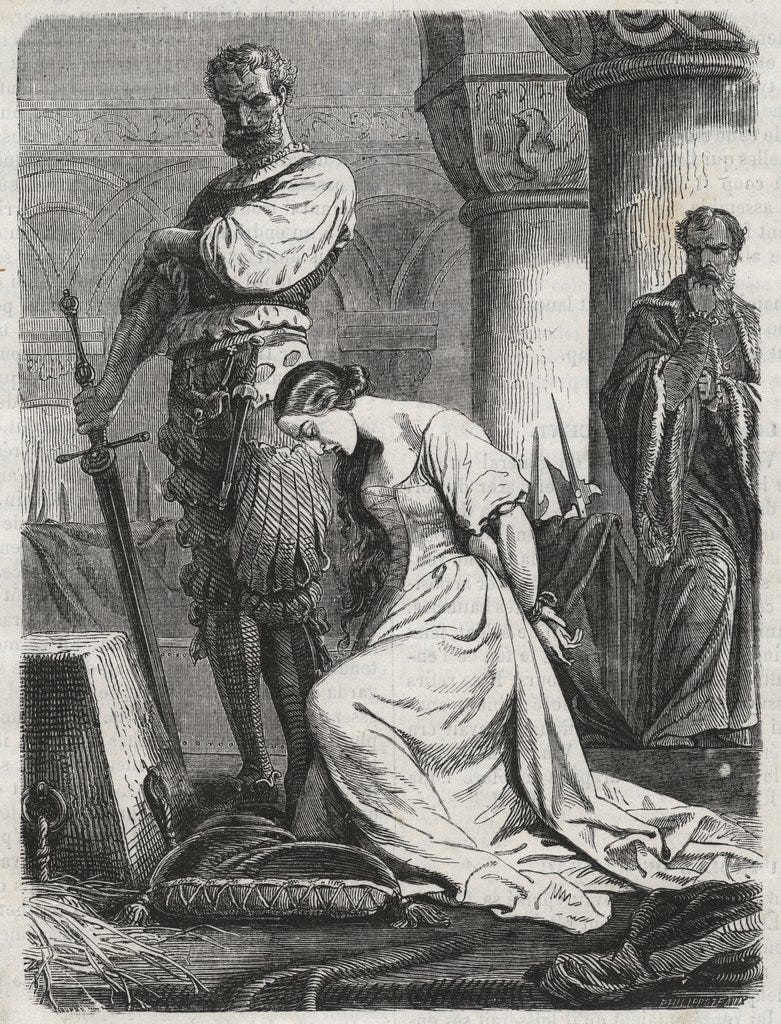
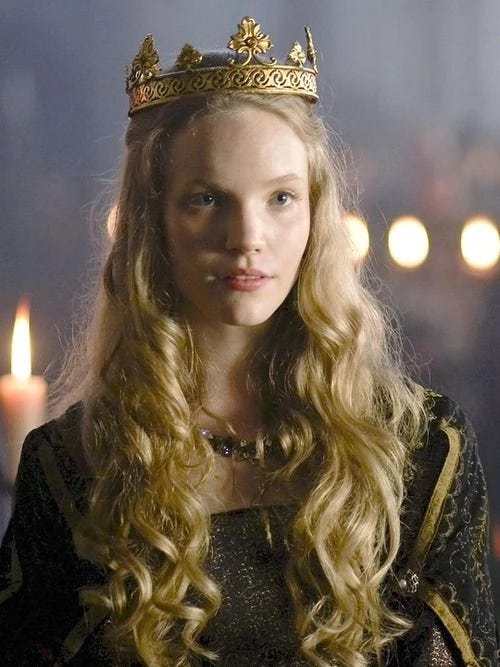



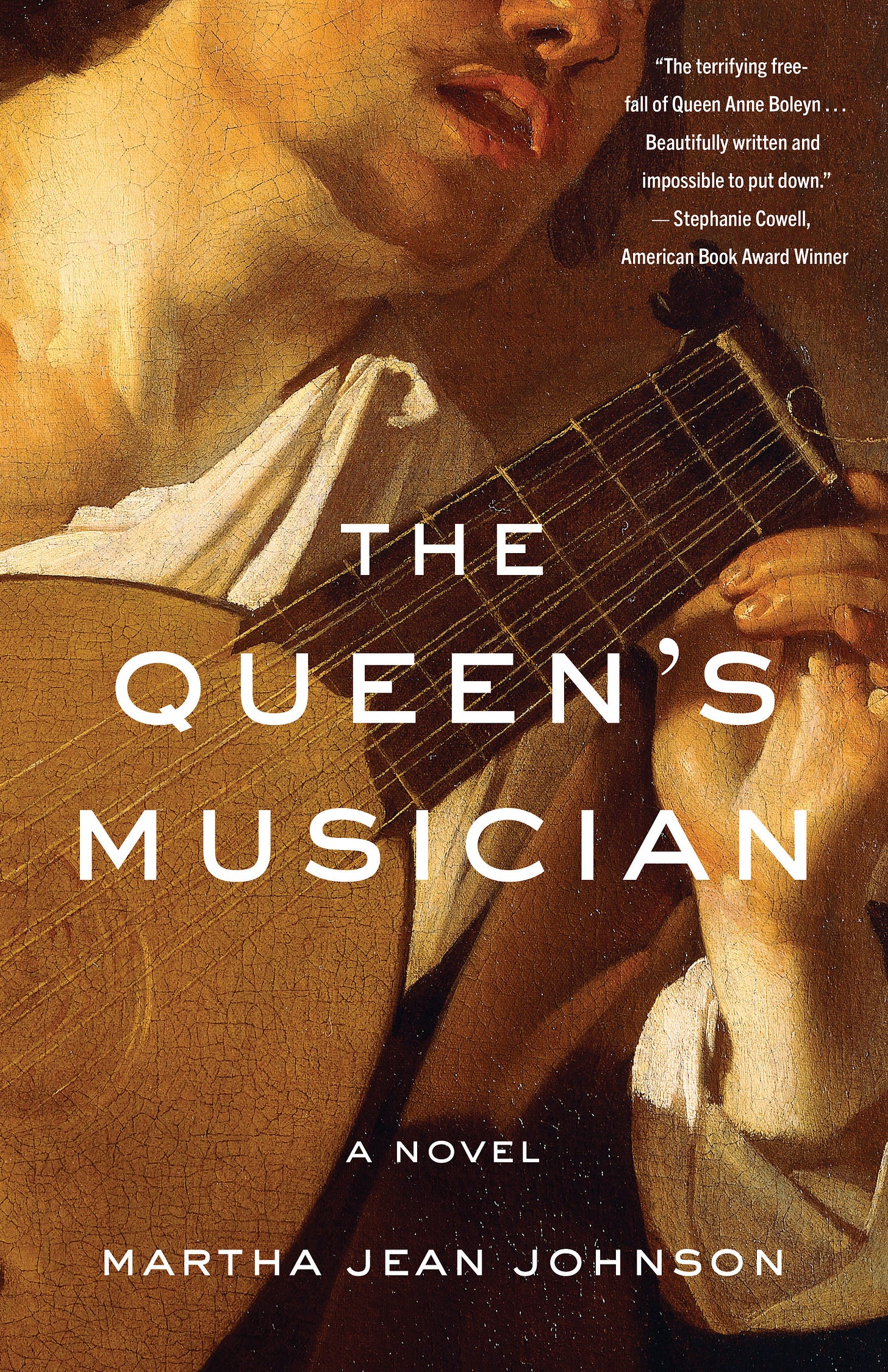
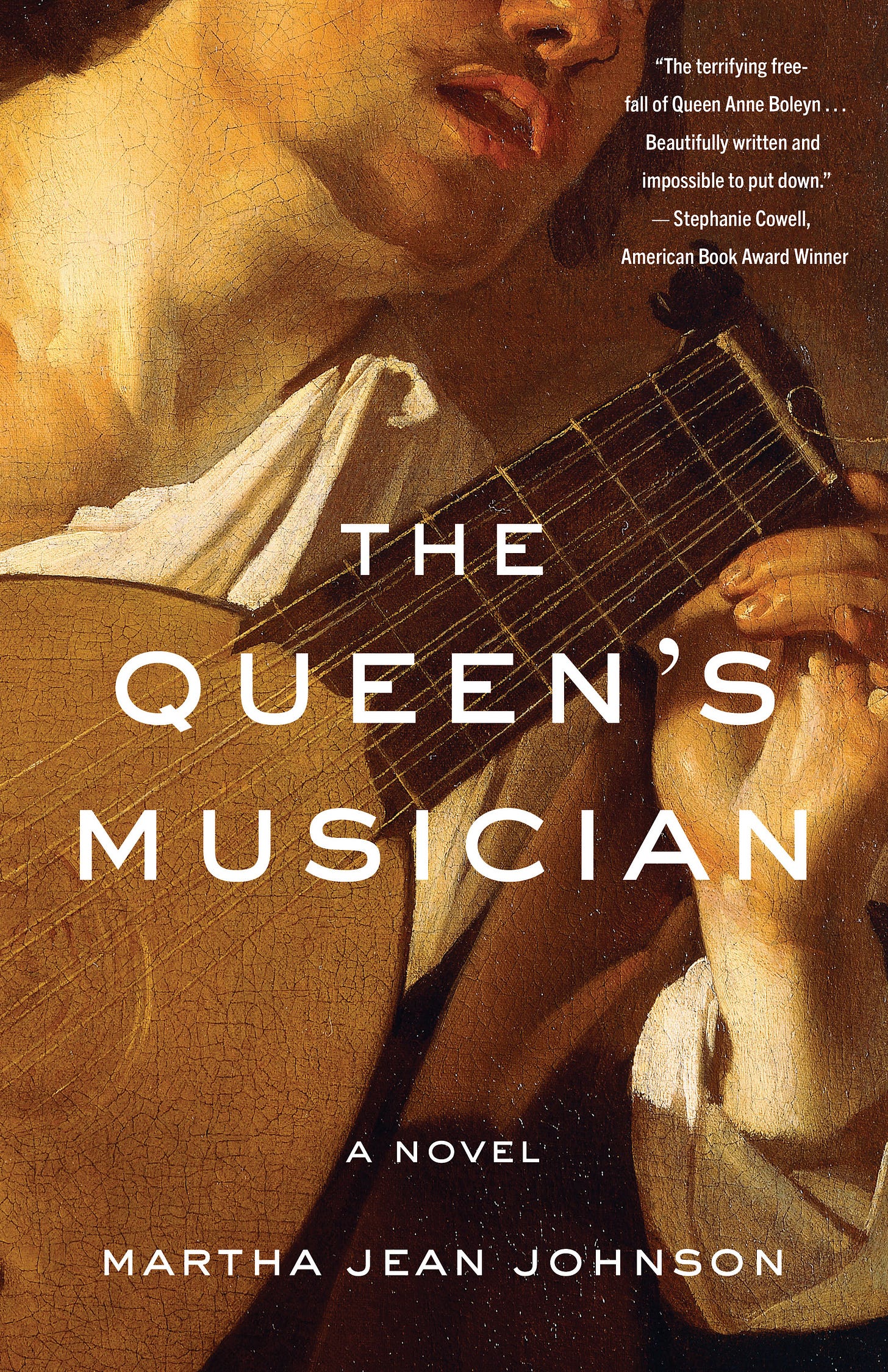
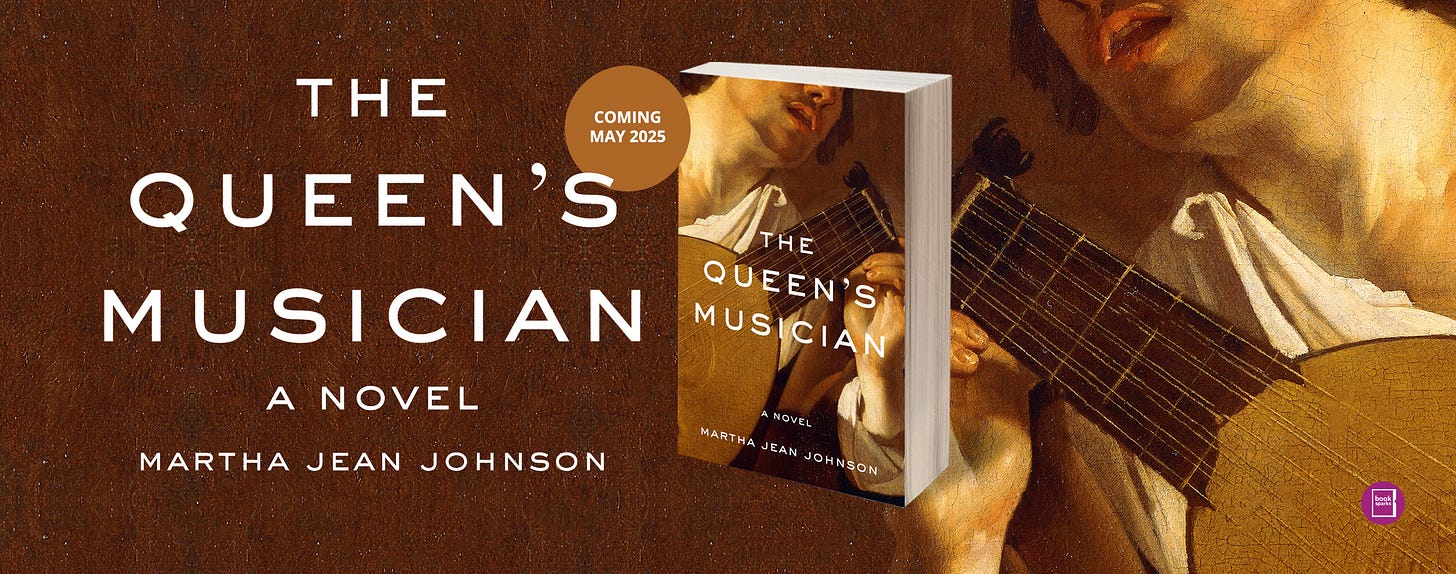
I did get a kick out of the digital re-imagining of the six queens, minus the fancy dress. And the cat video, of course.
The Wolf Hall music is unforgettable. Like you, I've seen it multiple times, on stage (both parts) once, and on TV at least twice. Also had the pleasure of watching Mark Rylance in a play in London. Three of my favorite Rylance movies are The Tailor, The Phantom of the Open, which is a hoot, and Bridge of Spies. Of course the video about cats is charming.